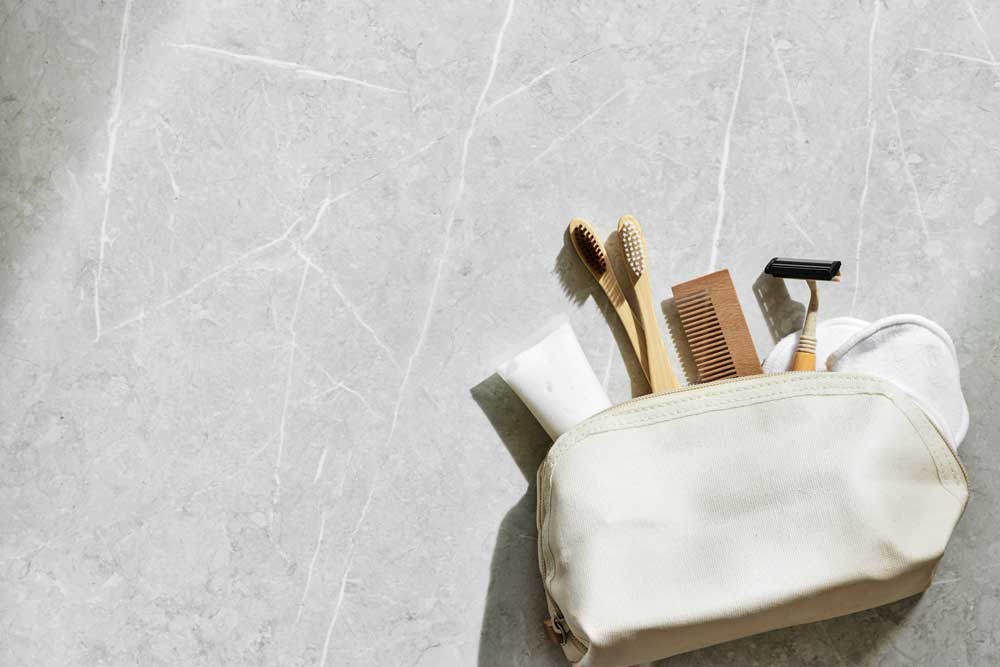Let’s be honest, sustainability fatigue is real. Between the constant climate news, eco-jargon, and endless green products claiming to save the planet, it’s easy to feel both inspired and overwhelmed- all at once. The good news is, living sustainably isn’t about perfection or giving up every comfort you love. It’s about progress, not guilt. The smallest choices you make daily- from how you brush your teeth to what you carry your groceries in can add up to a massive impact over time.
So if you’ve ever felt that sustainability sounds too complicated, expensive, or just not for you, here’s your beginner-friendly guide to starting small and staying consistent.
1. Start With Awareness, Not Aesthetic

You don’t need a zero-waste pantry full of glass jars to be ‘sustainable.’ The first step is to notice your current habits.
Ask yourself:
How much plastic do I throw away each week?
Do I buy things I don’t really need?
How much food ends up in the bin?
Simply observing your patterns helps you identify what’s easy to change first, all without guilt-tripping yourself.
2. Make One Swap at a Time

Trying to overhaul your lifestyle overnight is a fast track to burnout. Instead, pick one small area to focus on each week or month.
Try these easy swaps:
Toothbrush: Switch from plastic to a bamboo or recyclable handle version.
Tote bags: Keep a few reusable and foldable bags in your car or purse so you never need a plastic one.
Bottles and cups: A reusable water bottle or coffee cup saves hundreds of disposables annually.
Meal prep: Carry your lunch in stainless steel boxes or glass containers instead of foil or cling wraps.
Shopping: Choose refills or bulk purchases to cut packaging waste.
These swaps may seem small, but when repeated daily, they make a meaningful difference.
3. Buy Less, Choose Better

Mindful consumption is at the heart of sustainable living. Before buying anything new, from clothes to electronics. All you need to do is pause and ask: Do I really need this?
If yes, consider:
Can I buy it second-hand or from a local business?
Is it made ethically or built to last?
Could I repair or repurpose what I already own instead?
Every mindful purchase reduces waste, supports responsible production, and saves money in the long run.
4. Cut Energy and Water Waste
You don’t need solar panels to make a difference. Small household changes can reduce your carbon footprint dramatically.
Turn off appliances completely instead of leaving them on standby.
Switch to LED bulbs- they use 70-80 per cent less energy.
Unplug chargers when not in use.
Run washing machines on cold water and full loads.
Fix leaky taps.
Conserving energy and water is eco-friendly and easier on the pocket.
5. Rethink Food, Not Just Packaging
The food system is one of the biggest contributors to carbon emissions, but sustainable eating doesn’t mean going vegan overnight.
Start small:
Buy local and seasonal produce. This will support farmers and reduce transport emissions.
Cut down on food waste by meal planning and storing leftovers creatively.
Swap one meat-based meal a week for a plant-forward dish.
Compost your kitchen scraps if you can- even a balcony compost bin works wonders.
Being mindful of food is one of the easiest ways to live greener.
6. Set Realistic Goals and Celebrate Progress

Sustainability is a long game. The goal isn’t to be perfect; it’s to keep improving.
Try the ‘One Swap a Week’ rule and change one habit each week, from carrying your own cutlery to switching to natural cleaners. Over a few months, these habits will become second nature.
Living sustainably isn’t about giving up your lifestyle; it’s about aligning it with your values. When you start small and stay mindful, you’ll find that these ‘eco-friendly’ choices aren’t just better for the planet, they’re better for you.